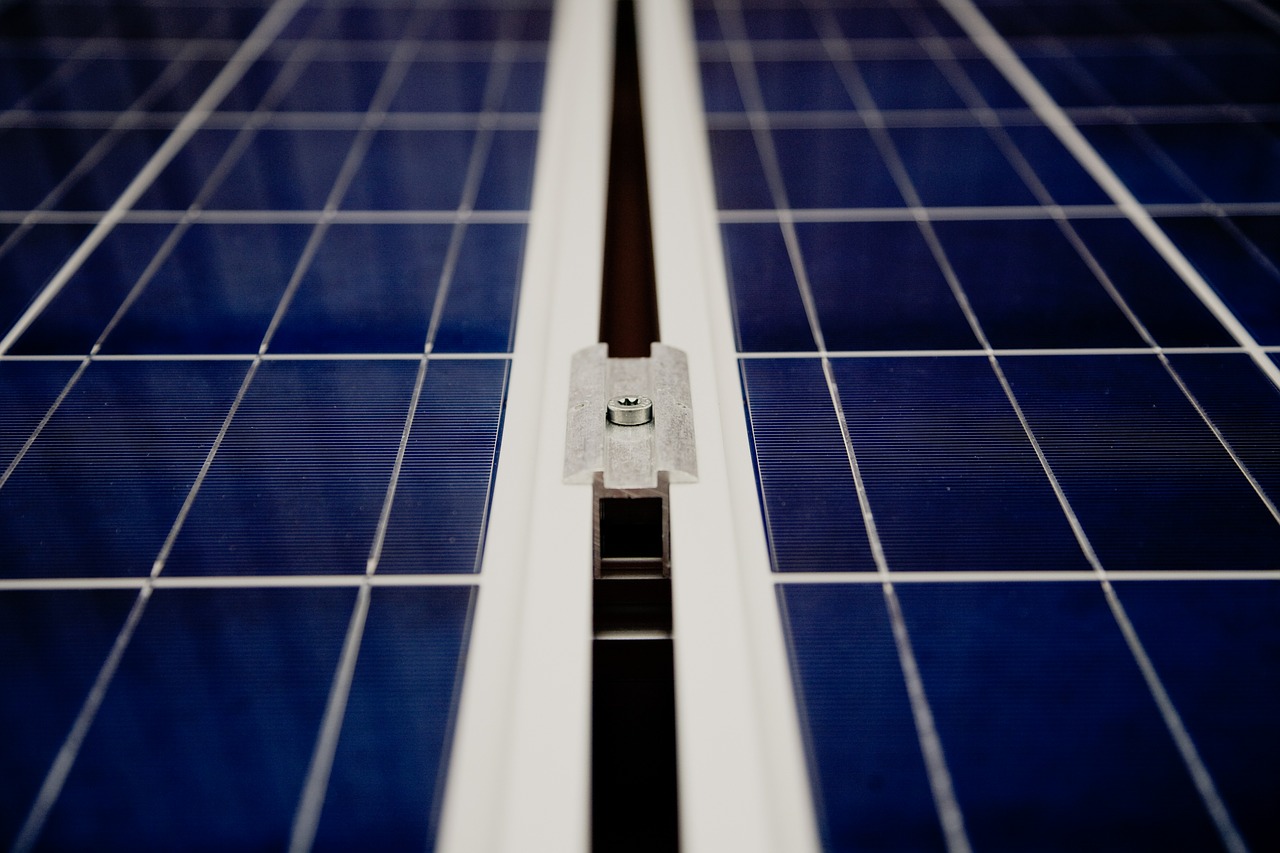 Researchers have traced the paths of three water channels in an ancient photosynthetic organism—a strain of cyanobacteria—to provide the first comprehensive, experimental study of how that organism uses and regulates water to create energy.
Researchers have traced the paths of three water channels in an ancient photosynthetic organism—a strain of cyanobacteria—to provide the first comprehensive, experimental study of how that organism uses and regulates water to create energy.
The finding advances photosynthesis research but also presents an advance in green fuels research.
Photosynthesis is the chemical conversion of sunlight into chemical energy via an electron transport chain essential to nearly all life on our planet. All plants operate by photosynthesis, as do algae and certain varieties of bacteria.
‘Damage trails’
To convert sunlight into a usable form of energy, photosynthetic organisms require water at the “active site” of the Photosystem II protein complex. But the channels through which water arrives at the active site are difficult to measure experimentally. Reactive oxygen species are produced at the active site and travel away from it, in the opposite direction as water, leaving a “damage trail” in their wake.
“We identified the damaged sites in Photosystem II using high-resolution mass spectrometry and found that they reveal several pathways centered on the active site and leading away from it all the way to the surface of the complex,” says lead study author Daniel A. Weisz, a postdoctoral researcher in biology at Washington University in St. Louis.



